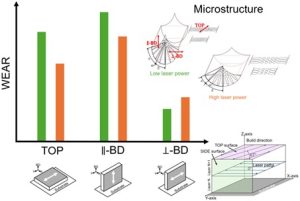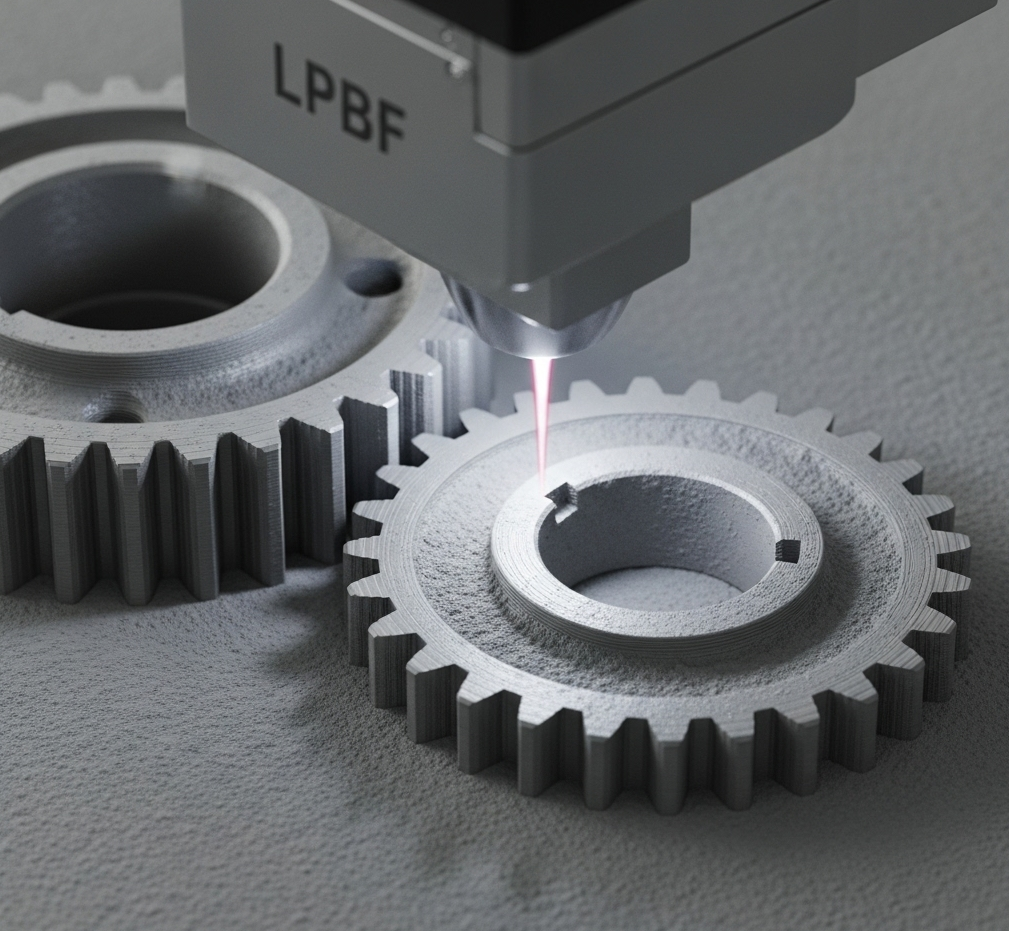Researchers from Laboratory for Tribology and Interface Nanotechnology uncovered how laser energy settings critically influence the wear resistance and structural integrity of 3D-printed steel parts. The team discovered that strategic print orientation could reduce energy consumption by 300 % with an increase in wear resistance, potentially slashing costs and emissions in industrial production. The results are published in Wear Journal (IF=6.1).
Additive manufacturing (AM), particularly selective laser melting (SLM), is widely used to produce complex metal parts, but controlling the relationship between processing parameters and material properties remains a challenge. The anisotropic nature of SLM-printed components—where properties vary based on build orientation—leads to inconsistent wear resistance, limiting their reliability in industrial applications like aerospace and tooling. Understanding how laser energy density influences microstructure and tribological behaviour is critical to optimizing performance. Existing research has focused on mechanical properties and microstructure of AM materials, with limited studies on wear anisotropy. Most efforts prioritize hardness or tensile strength, neglecting how laser settings affect wear resistance directionally. This study systematically investigates how laser energy density alters the microstructure and wear performance of SLM-fabricated 18Ni300 steel, bridging the gap between process parameters and anisotropic tribological behaviour.

The team tested 18Ni300 steel printed at three laser energy densities, analysing porosity, dendrite morphology, and hardness on top (XY-plane) and side (XZ-plane) surfaces. Tribological tests revealed that wear resistance depends on melt-pool geometry and dendrite alignment, with optimal performance achieved on side surfaces when sliding perpendicular to dendrites. Higher energy densities reduced porosity but increased dendrite size, lowering hardness while improving wear resistance on top surfaces. Strategic print orientation reduced energy use by 300 % with increase in tribological performance.
This research paves the way for designing AM components with tailored wear resistance, reducing costs and emissions in industries reliant on high-performance steel parts.
